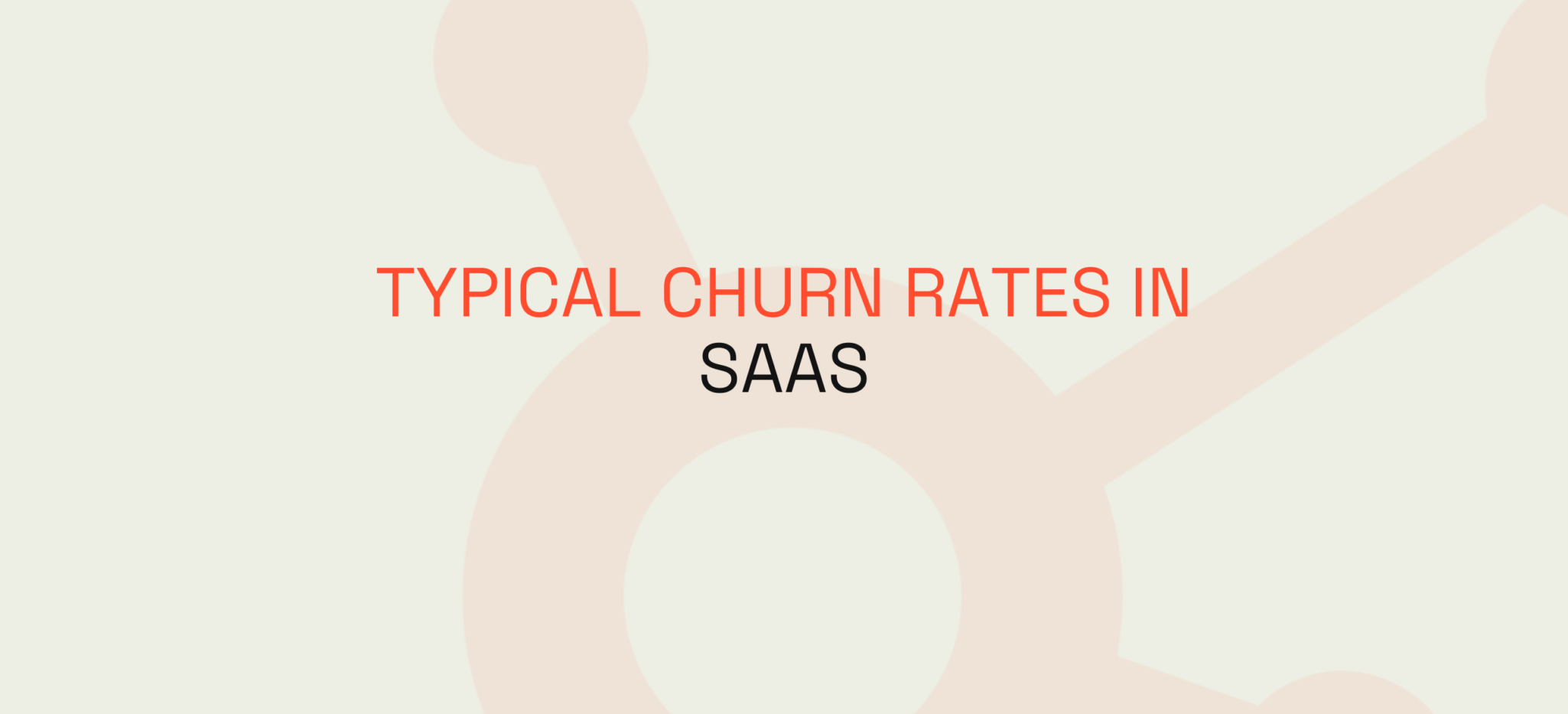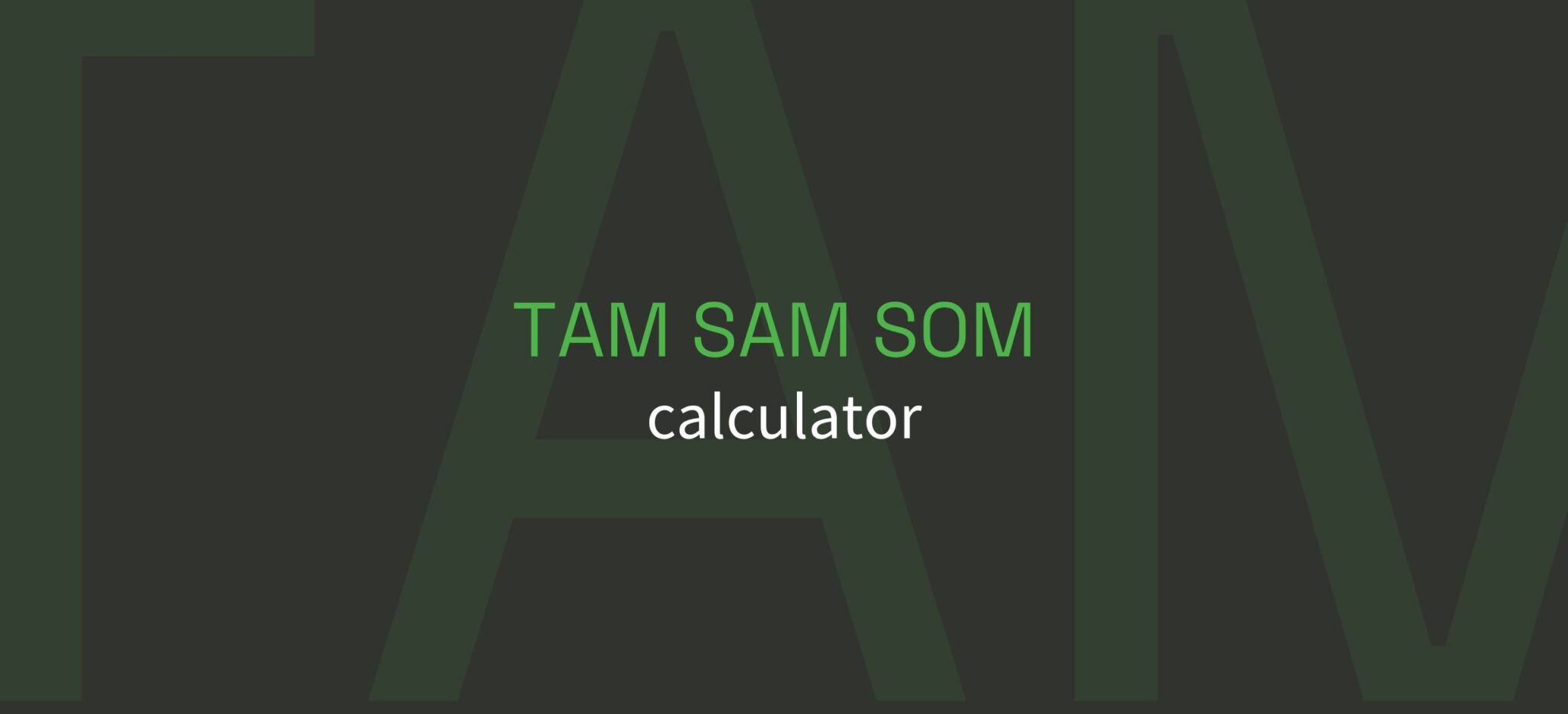
What is the Typical Churn Rate for SaaS? Insights and Benchmarks
In the subscription-based world, churn is the silent revenue killer.
It represents the percentage of customers who cancel their subscriptions or fail to renew within a given timeframe.
When someone asks, “What is the Typical Churn Rate for SaaS?” it’s not always a straightforward answer because churn varies by industry, pricing model, customer segment, and more.
However, having a general benchmark helps you compare your SaaS performance to industry standards.
Defining the Typical Churn Rate for SaaS
Churn rate is typically calculated as:
Churn Rate = (Number of Customers Lost in a Period / Total Customers at the Start of the Period) x 100
Although the Typical Churn Rate for SaaS can vary:
Low-Touch SaaS (e.g., consumer-focused apps) might see monthly churn rates of 3–7%.
High-Touch SaaS (e.g., enterprise solutions) often aim for monthly churn under 1%.
Annual churn rates can also vary widely—from under 5% for best-in-class enterprise software to over 30% for low-cost consumer SaaS.
Why Churn Rate Matters
If your churn rate is too high, you’re essentially pouring water into a leaky bucket. Even if you’re acquiring new customers at a rapid clip, a high churn rate can neutralize or outweigh the benefits. If the Typical Churn Rate for SaaS in your space is 5%, but you’re hovering around 10%, you know you have issues that need immediate attention.
Key reasons churn rate is critical:
Revenue Predictability: A low churn rate offers stable revenue, aiding in financial forecasting.
Customer Satisfaction: High churn often signals product dissatisfaction or unmet expectations.
Cost Efficiency: Retaining customers is generally cheaper than acquiring new ones.
Influencing Factors for the Typical Churn Rate for SaaS
Onboarding Experience
A poor onboarding process can drive new users away within the first month. Conversely, a smooth, guided onboarding reduces early churn.
Product-Market Fit
If your product doesn’t address a burning need, it’s vulnerable to cancellations. Listen to customer feedback to refine your offering.
Pricing and Contracts
Short monthly contracts can result in higher churn, while annual or multi-year commitments lock in revenue for longer periods.
Customer Support
Timely, effective support is one of the most significant factors influencing churn. Inadequate support can lead to dissatisfied customers who are quick to leave.
Competition
The SaaS market is increasingly crowded. Customers can—and will—jump ship if they find a better or more affordable option.
Using HubSpot Analytics to Monitor Churn
HubSpot analytics isn’t just for marketing or sales. Its service features can track support tickets, measure time-to-resolution, and gauge overall customer health. By creating custom dashboards, you can visualize churn trends over time or segment churn by product tier.
Consider a SaaS startup profiled on HubSpot’s case studies page. They used HubSpot analytics to automate customer health scoring based on factors like support interactions, usage frequency, and NPS. Thanks to these insights, they reduced churn by 25% within a year, aligning with the Typical Churn Rate for SaaS in their niche.
Best Practices for Lowering Churn
Focus on Customer Success
Establish a dedicated team that proactively checks in with customers. Provide regular training, share best practices, and alert users to new features.
Leverage Automation
Use automated email sequences or in-app messages to re-engage inactive customers. Tools like HubSpot’s workflows can trigger personalized messages based on user behavior.
Gather Feedback Continuously
Implement post-support surveys or regular NPS polls. The faster you identify and address pain points, the higher your retention will be.
Offer Tiered Pricing
Allow customers to scale up or down based on their needs rather than abandoning your service entirely.
Optimize Onboarding
Make sure users quickly find value in your product. Consider guided tours, video tutorials, and checklists to ensure new users fully adopt core features.
API Integrations for a Unified View
Churn data often lives in multiple systems—your billing platform, your CRM, your support desk. 3rd Party tools can unify these disparate data points via API integrations with HubSpot. A centralized view:
Pinpoints early churn indicators, such as login frequency or pending support tickets.
Syncs billing data to track subscription renewals or cancellations in real time.
Alerts Customer Success Teams when a customer’s health score dips.
Instead of scrambling to piece together churn reports at the last minute, you’ll have near-instant clarity on where to focus your retention efforts.
Benchmarks and Setting Realistic Goals
You may be aiming for a churn rate that beats the Typical Churn Rate for SaaS in your sector, but set short-term and long-term targets. For instance:
Short-Term Goal: Reduce churn from 10% to 7% within six months.
Long-Term Goal: Achieve churn under 5% within two years.
Regularly review your churn metrics, adjusting tactics as needed. In some cases, you might discover that your churn is seasonal or tied to specific product features. HubSpot analytics dashboards make it easy to dissect these patterns and adapt your strategy accordingly.
The Path to Sustainable Growth
Lowering churn isn’t just about better financial metrics; it’s about creating meaningful, long-lasting customer relationships. By hitting a churn rate that’s equal to or lower than the Typical Churn Rate for SaaS in your market, you’ll not only ensure healthier revenue streams but also foster brand loyalty. This can lead to organic growth through referrals, positive reviews, and industry reputation.
While the Typical Churn Rate for SaaS varies, one thing remains constant: lowering churn is essential for sustained success. By monitoring the right metrics through HubSpot analytics, investing in customer success, and automating data flow via Tayb’s API integration services, you’ll be well-equipped to keep more customers happy and loyal.
Want to take a proactive stance on reducing churn? Contact Ale, our HubSpot specialist at Tayb.sa, to explore how you can leverage HubSpot analytics and strategic API integrations to stay ahead of churn and set new retention benchmarks in your industry.
Drop us a line here, and let’s understand how we can help you.
Similar articles you might be interested in

Understanding ACV Contract Value: A Key Metric for SaaS Sales Teams
Saas success is not just about acquiring new customers it’s about understanding the long-term financial impact of each customer, how much revenue they’ll generate over time, and how to maximize that revenue. One of the key metrics that can help...

Using the TAM SAM SOM Calculator: Defining Your SaaS Market Strategy
Saas success is not just about acquiring new customers it’s about understanding the long-term financial What is the TAM SAM SOM Calculator in Saas? The TAM SAM SOM calculator is a powerful model that helps businesses define and size their...

The LTV Formula for SaaS: How to Calculate Customer Value Effectively
Saas success is not just about acquiring new customers, it’s about understanding the long-term financial “Did you know that acquiring a new customer can be five times more expensive than retaining an existing one? This statistic underlines the immense value...
